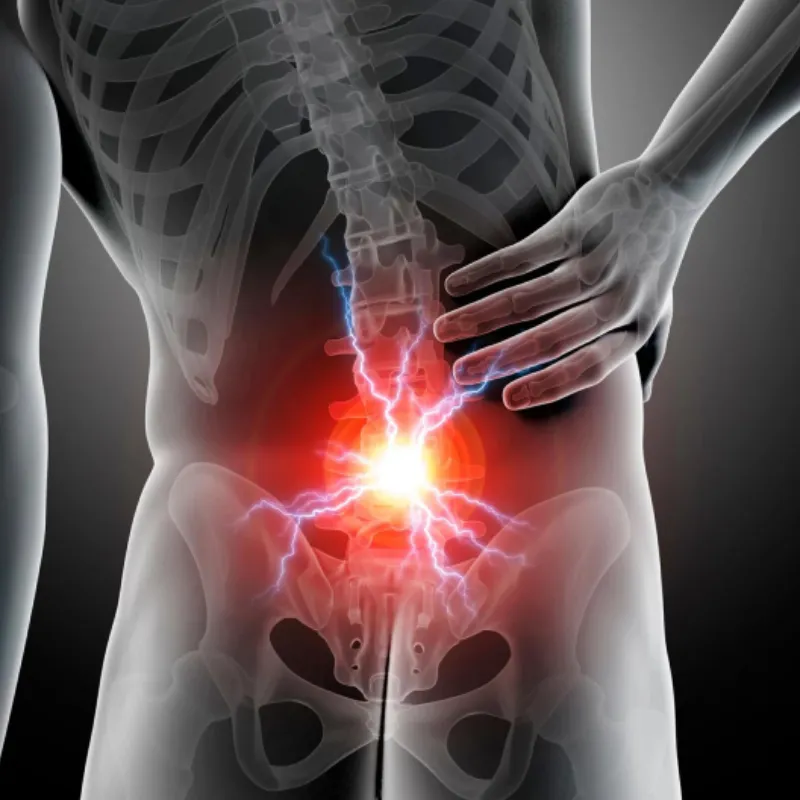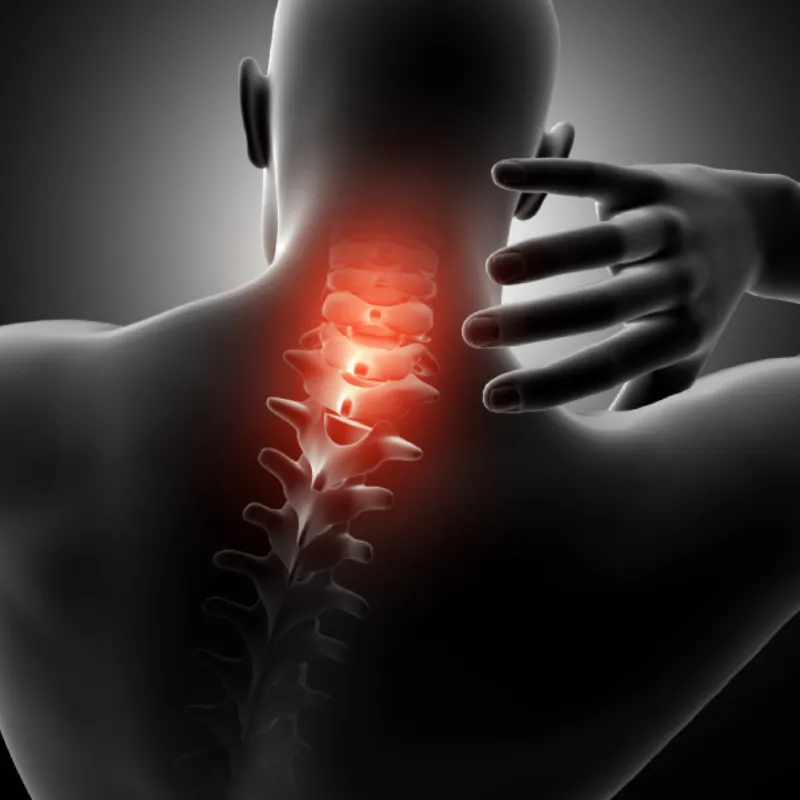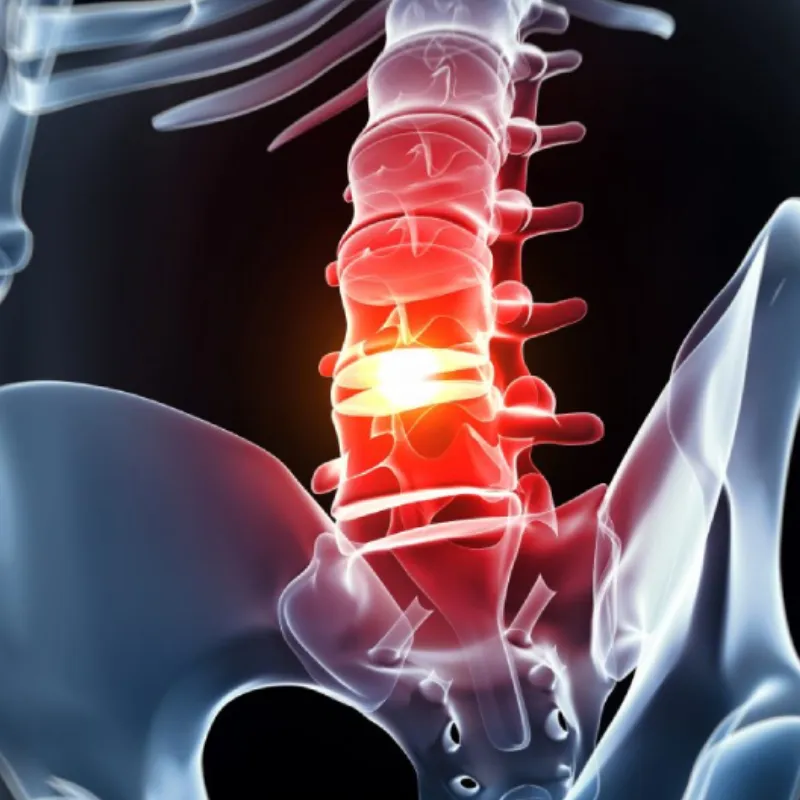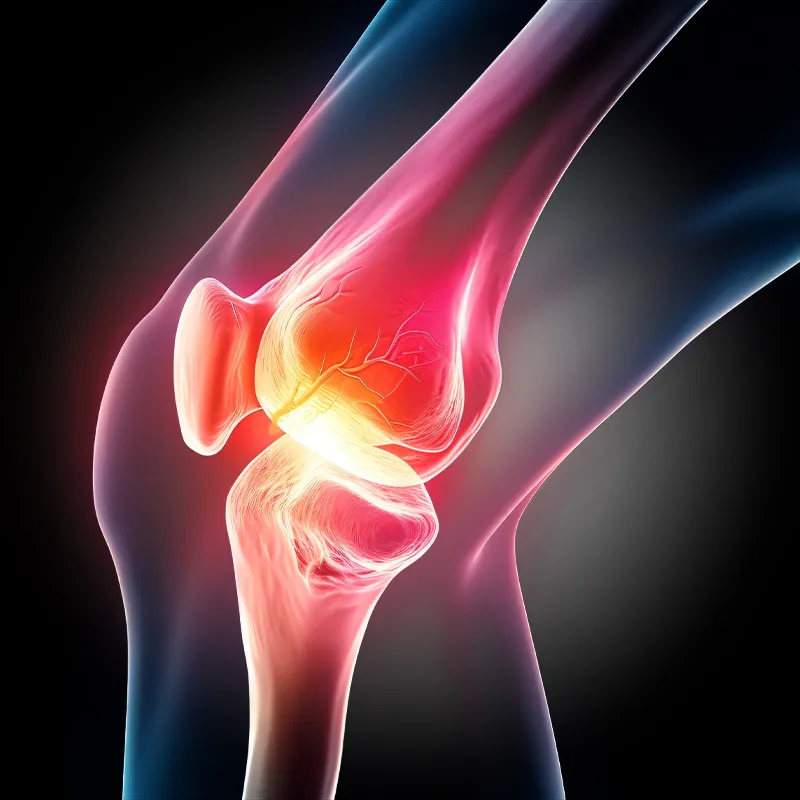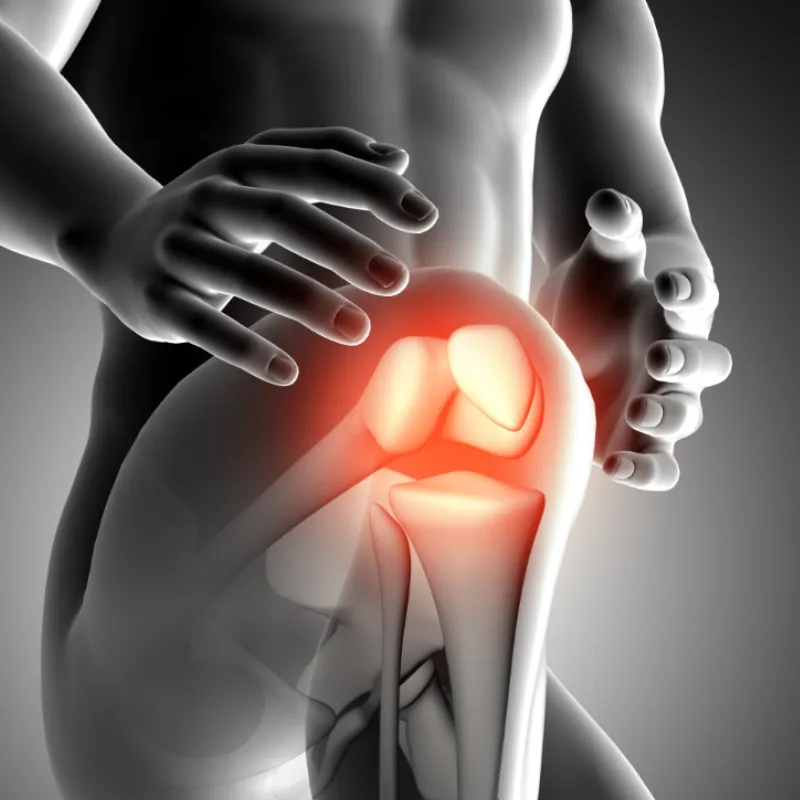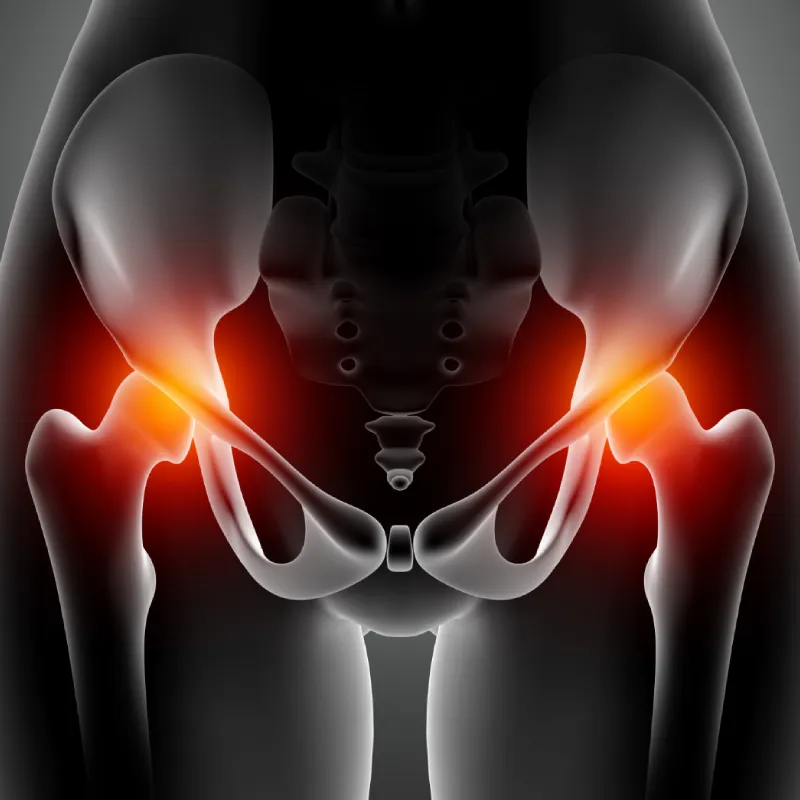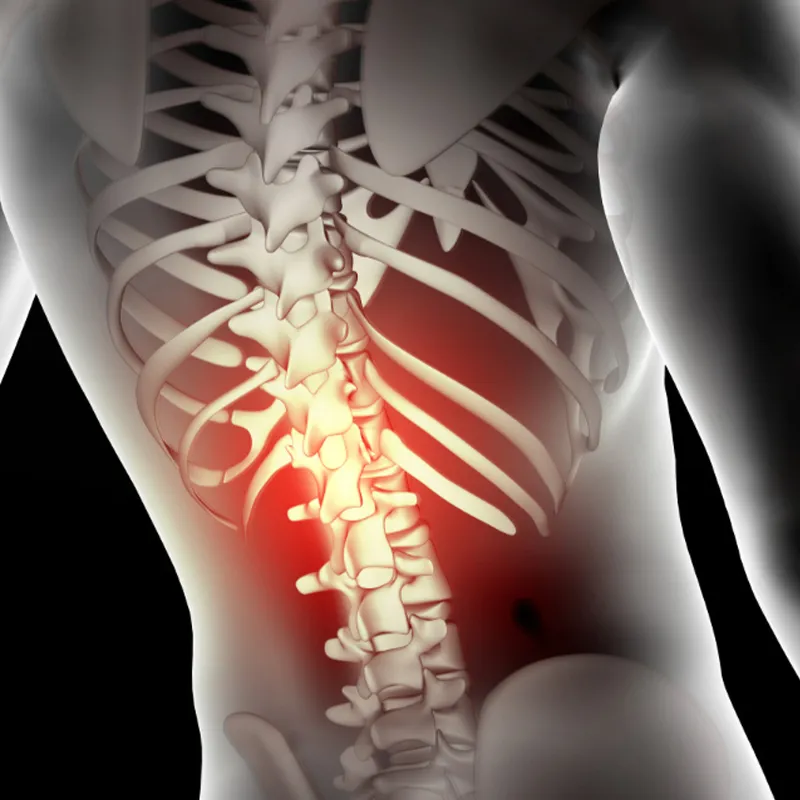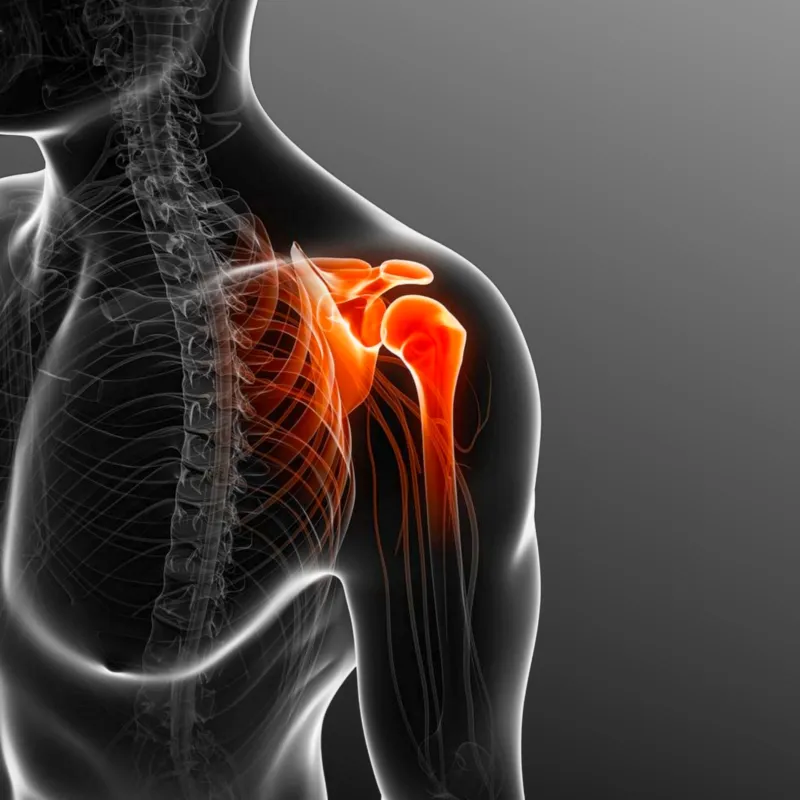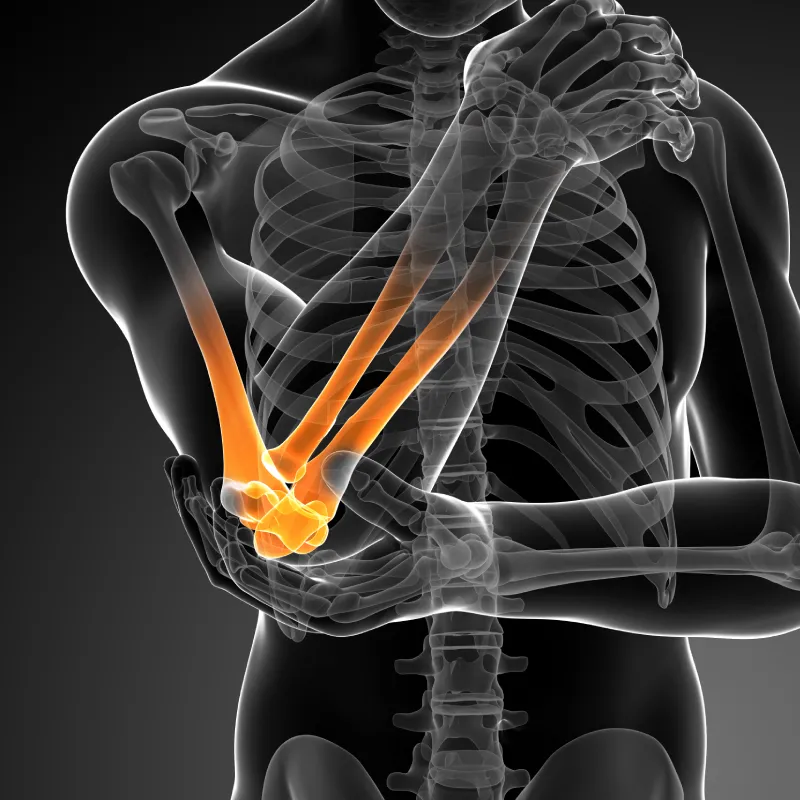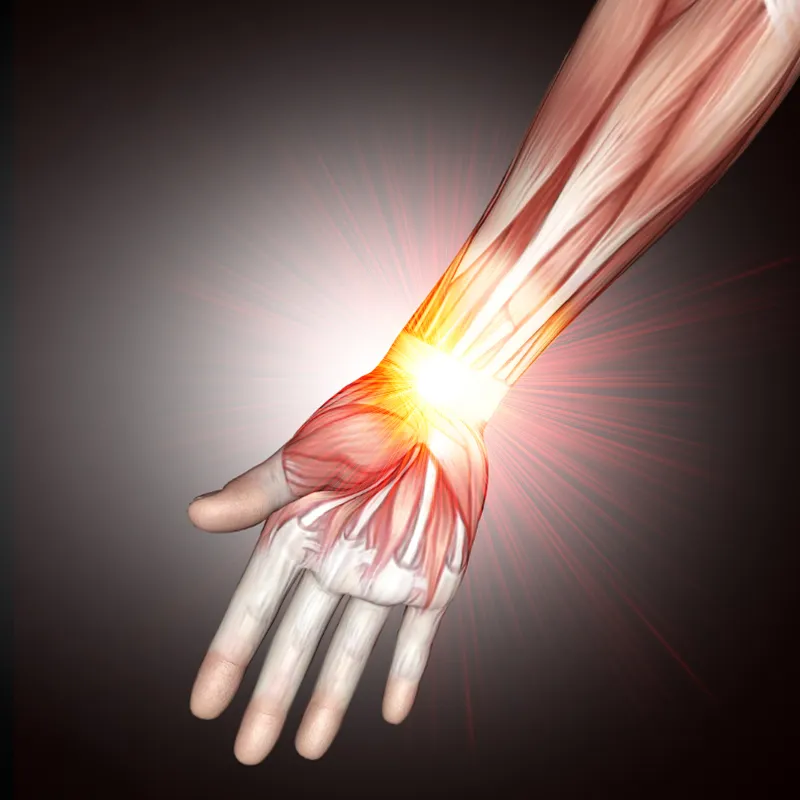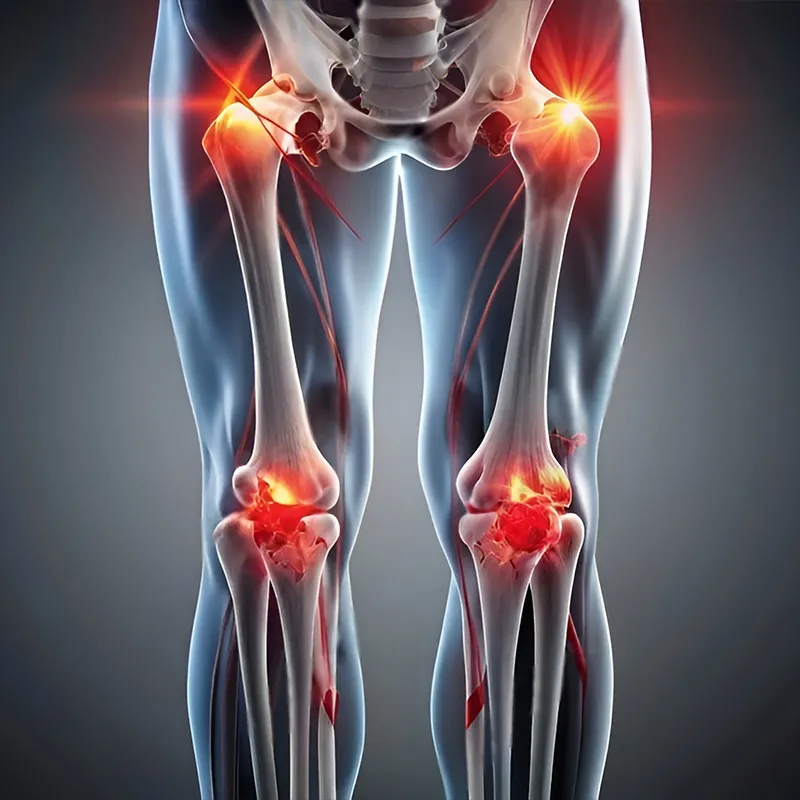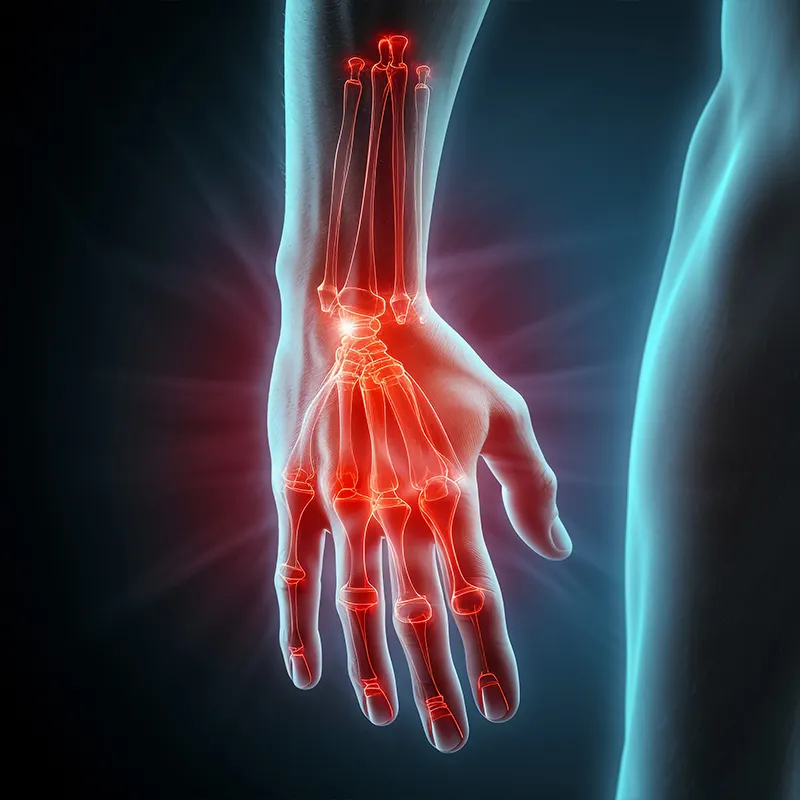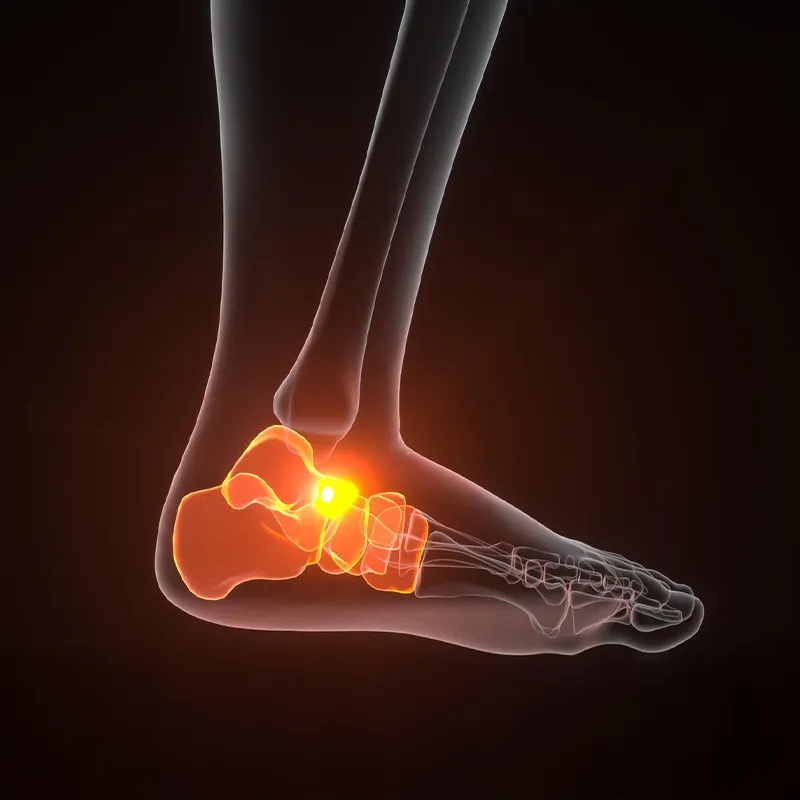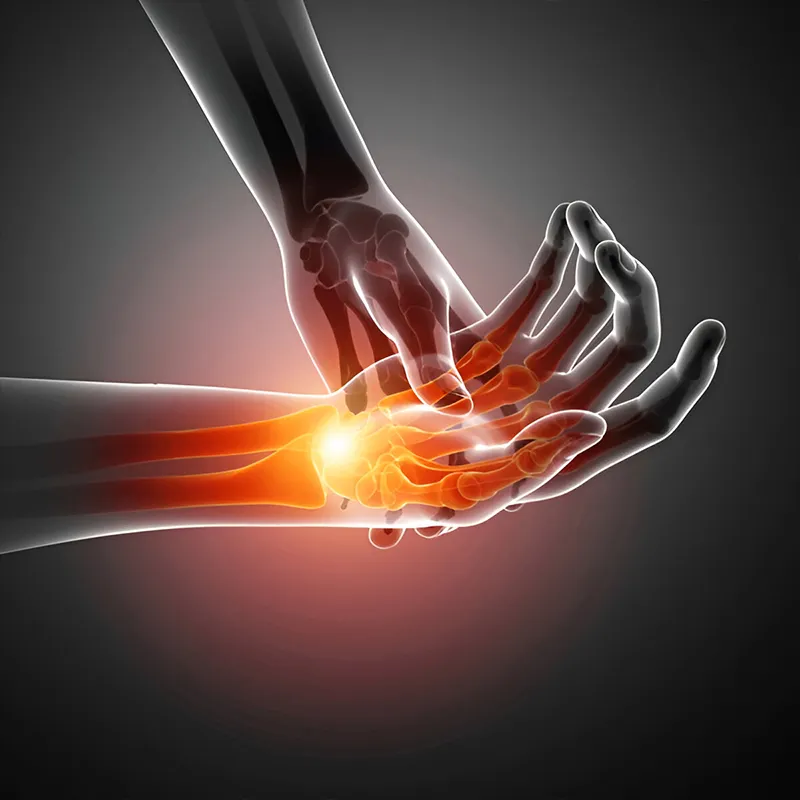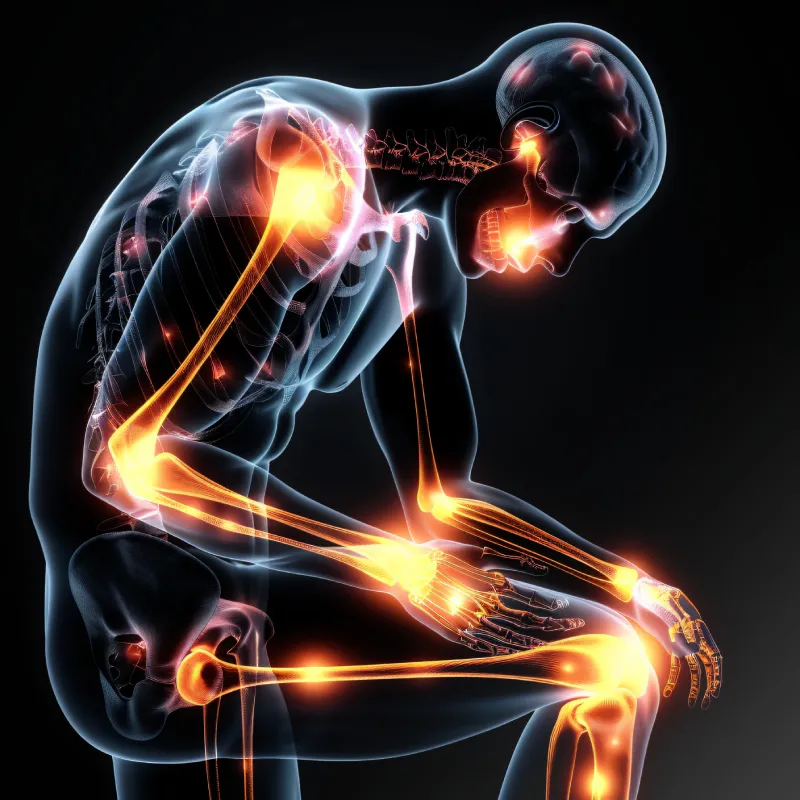Since 1932
BJRM Ayurveda has been healing spine and joint disorders since 1932. Our non-invasive Marma Bandhana therapy treats the root cause of pain, restoring alignment and tissue health—without surgery or medication.
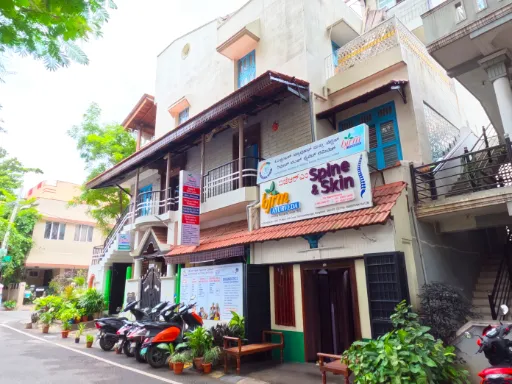
About BJRM Ayurveda
BJRM Ayurveda is a pioneering, multi-specialty clinic dedicated to the holistic treatment of chronic back, neck, and joint pain. Its treatment protocols, developed through decades of clinical research and innovation, emphasize natural healing, alignment, and regeneration.
BJRM Ayurveda has redefined pain management by combining ancient healing with modern clinical expertise, offering lasting relief and holistic recovery.
Spine & Joint
At BJRM Ayurveda, we treat spine and joint conditions with Marma Bandhana Chikitsa—a non-invasive therapy that realigns the spine, restores mobility, and heals from the root. No surgery, no injections, no long-term medication.
Skin Ailments
At BJRM Ayurveda, we treat skin conditions by addressing their root causes—heat, toxins, stress, and poor digestion. Our approach purifies the blood, balances doshas, and strengthens immunity for lasting results.
Low Back Pain
What is Back Pain?
Back pain is a widespread health concern that affects people across all age groups. It can disrupt daily routines, limit physical activity, and reduce overall quality of life. Back pain can range from a dull, constant ache to a sudden, sharp sensation that makes movement difficult.
Back pain is broadly categorized into two types:
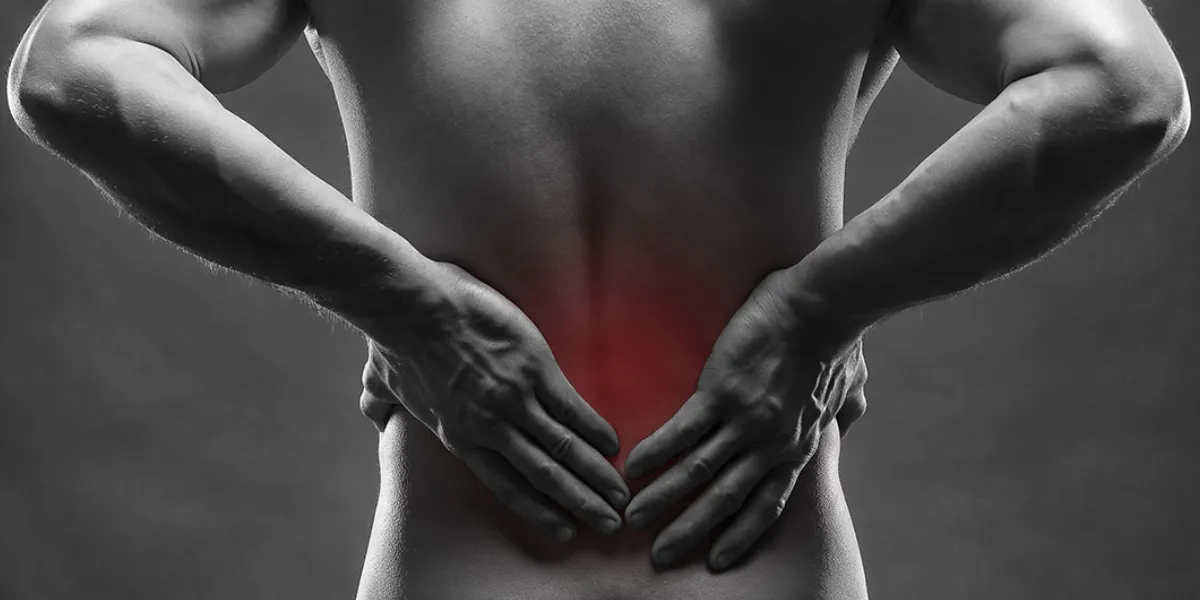
Acute Back Pain: Sudden in onset and typically lasts from a few days to a few weeks. It often resolves on its own with basic care.
Chronic Back Pain: Persists for 12 weeks or longer, even after the initial discomfort or injury appears to have healed. This type may require long-term management and medical support.
Understanding Back Pain
Back pain can present differently depending on which part of the spine is affected. The three primary regions where back pain is commonly experienced include:
The most common type of back pain. It can affect movement, sitting, and standing.
Less common but may be felt between the shoulder blades or around the ribcage.
Upper Back Pain (Cervical or Upper Thoracic Area)
Often linked with neck discomfort, stiffness, or pain that may radiate to the shoulders and arms.
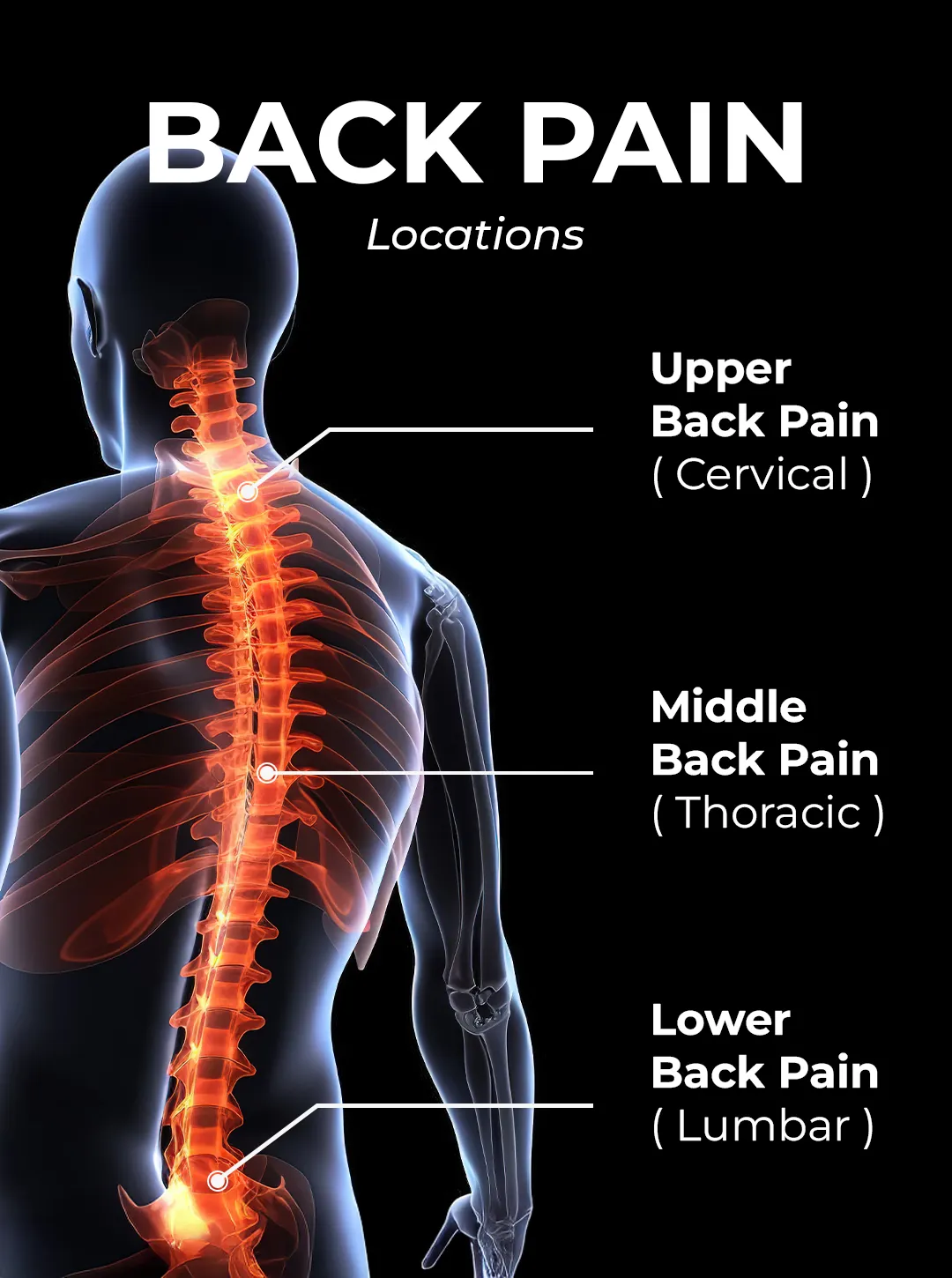
Causes of Back Pain
Back pain often develops when the spine’s bones, discs, or soft tissues become strained, misaligned, or damaged. These issues can result from daily habits, physical strain, or underlying health conditions.
Common Lifestyle-Related Causes
Poor Postue
Slouching while sitting, working at a desk, or looking down at a screen for extended periods.
Prolonged Sitting or Standing
Especially without proper support or movement breaks.
Frequent Driving
Long hours behind the wheel can put continuous pressure on the lower back.
Improper Lifting Techniques
Lifting heavy items or carrying overloaded bags incorrectly strains the spine.
Pregnancy
Added weight and shifts in posture can lead to temporary or persistent back discomfort.
Smoking
Reduces blood flow to spinal tissues and accelerates disc degeneration.
Obesity & Sedentary Lifestyle
Excess body weight and lack of movement increase pressure on the spine.
Injuries
Falls, accidents, or sudden awkward movements can cause muscle, ligament, or disc damage.
Emotional Stress
Tension and anxiety can lead to muscle tightness and back stiffness.
Deeper Structural Cause
A major contributor to back pain is the overstretching or weakening of spinal ligaments. These ligaments are essential for maintaining alignment between vertebrae. When damaged, they can cause:
- Misalignment of the spine
- Increased stress on surrounding muscles and joints
- Gradual spinal degeneration
- Chronic pain and nerve compression (commonly known as pinched nerves)
Complications of Untreated Back Pain
If the root cause of back pain is not addressed in time, it can lead to more serious and chronic conditions that may impact your mobility, nerve function, and overall quality of life.
Here are some common complications that can develop when back pain is left unmanaged:
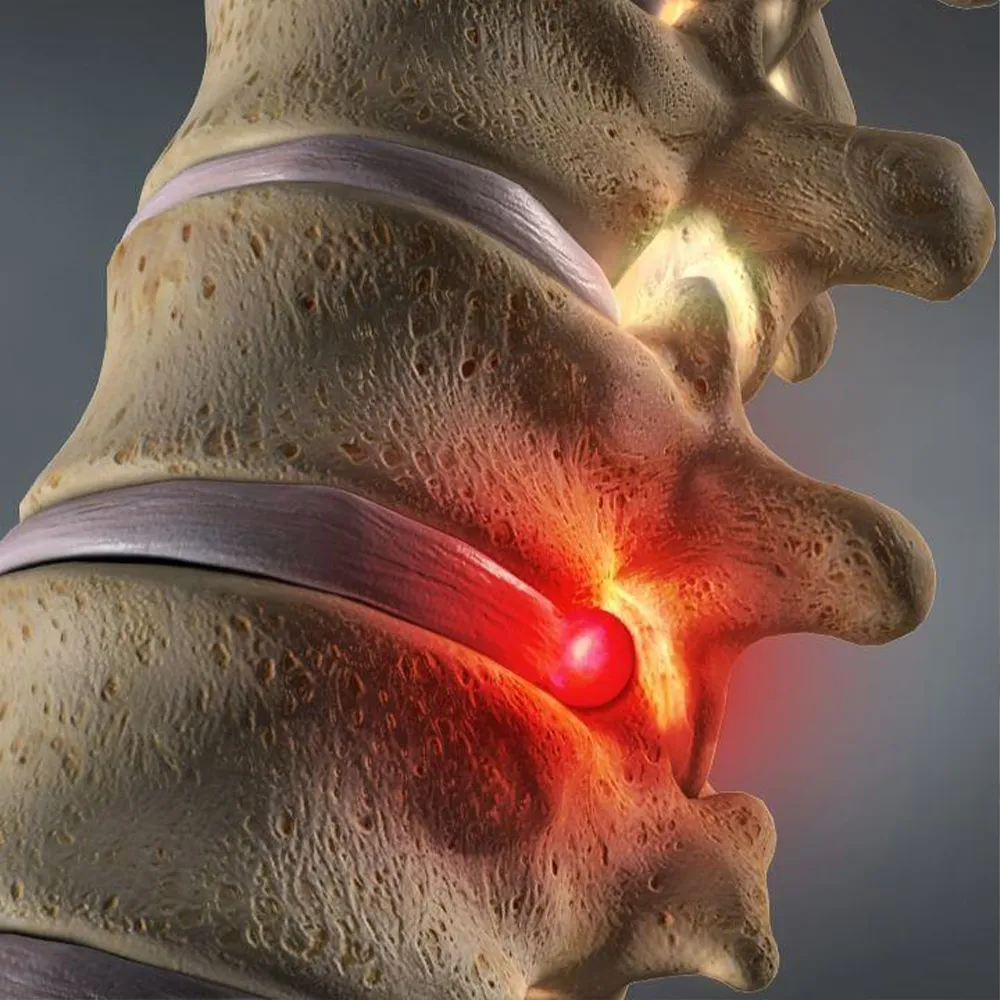
Herniated Disc
A herniated disc occurs when the soft, cushion-like disc between two vertebrae becomes damaged, torn, or bulges outward. When this cushioning is compromised, the vertebrae may press against nearby spinal nerves. This nerve compression can lead to localized back pain or radiating pain in other areas of the body, such as the arms or legs, depending on which nerve is affected.
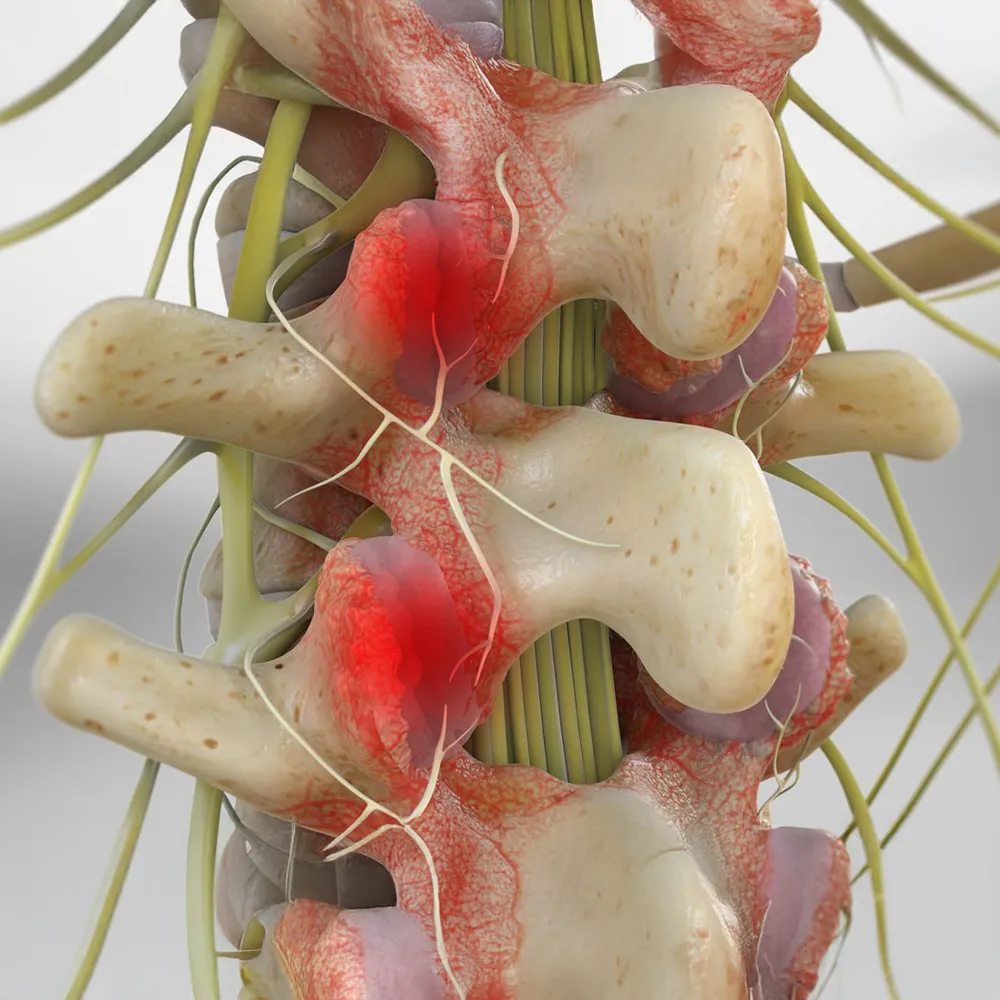
Facet joint arthropathy
Facet joint arthropathy refers to the degeneration of the facet joints—small joints located on either side of each vertebra that allow the spine to bend, twist, and move with ease. With age, injury, or repetitive stress, these joints may wear down and undergo degenerative changes. As the joints remodel, they can irritate or compress nearby nerves, causing localized or radiating pain. Even without direct nerve involvement, the degeneration alone may become a chronic source of discomfort and stiffness.
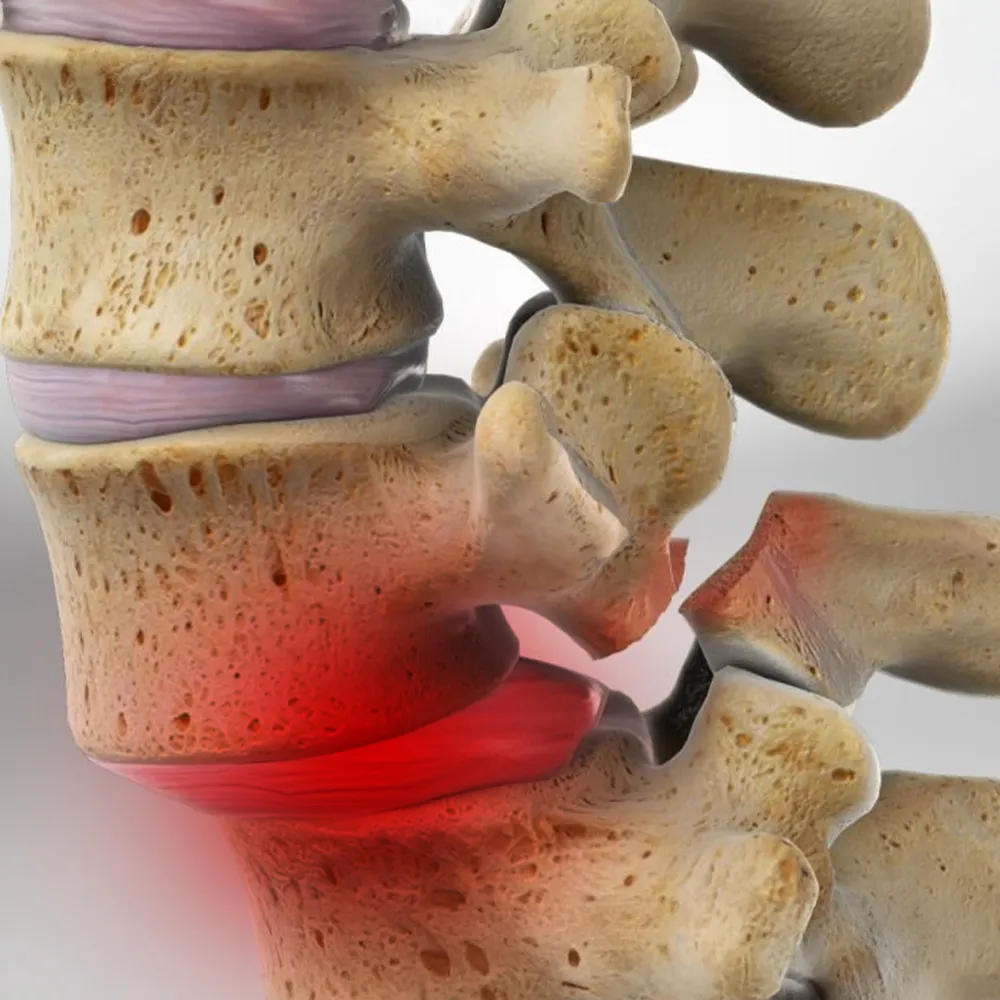
Spondylolisthesis
Spondylolisthesis is a spinal condition where one vertebra slips forward over the one beneath it, typically occurring in the lower spine. This slippage can compress the spinal cord or nerves, especially when combined with other degenerative changes like facet joint arthropathy. Individuals with spondylolisthesis may experience lower back pain, pain that radiates into the buttocks or legs, numbness or tingling, and difficulty walking or standing for long periods.
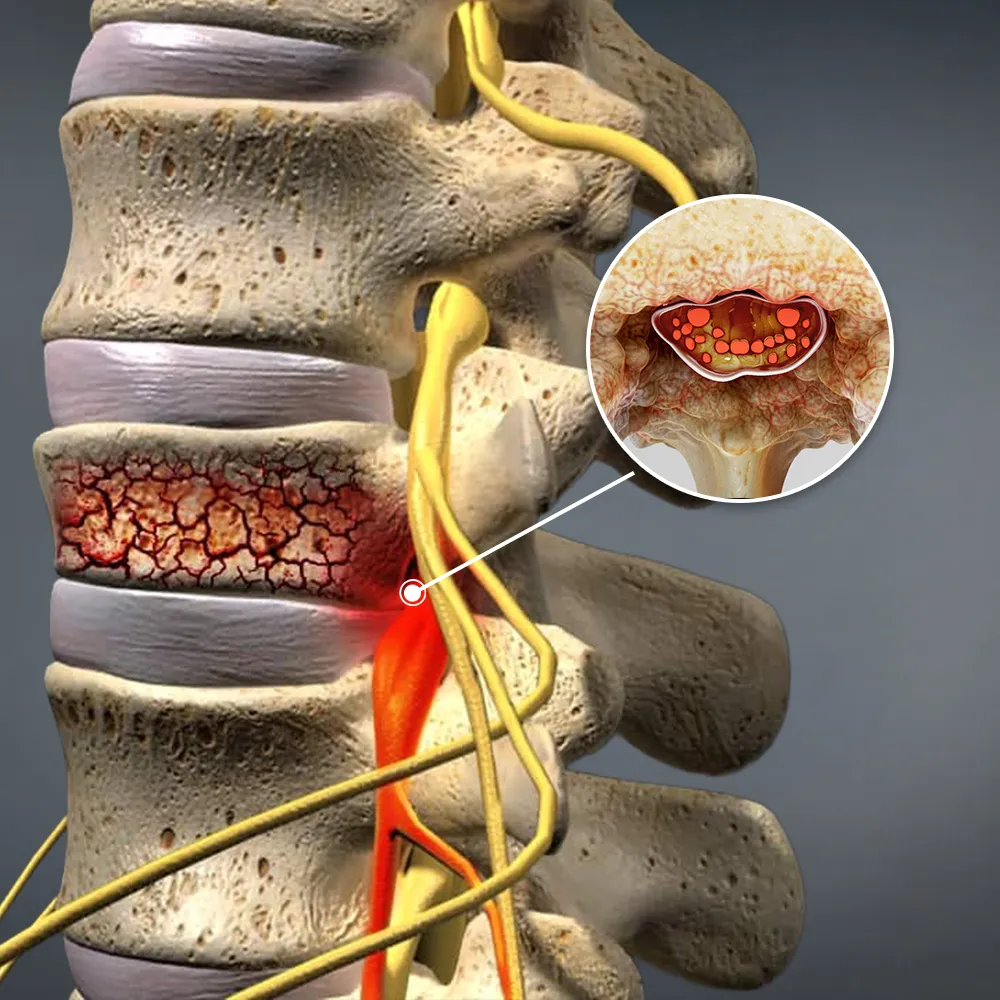
Spinal stenosis
Spinal stenosis is a narrowing of the spinal canal—the passageway that houses the spinal cord and nerve roots. When the canal becomes too tight, it can compress the spinal cord or nearby nerves. This results in symptoms such as lower back or neck pain, numbness, tingling, weakness in the limbs, and issues with balance or coordination. In advanced cases, spinal stenosis can significantly interfere with daily mobility and physical activity.
Symptoms of Back Pain
Back pain often results from muscle strain or ligament sprain, commonly due to poor posture, overuse, or sudden movement. In some cases, it may also be linked to more serious conditions such as herniated or ruptured discs, spinal arthritis, vertebral fractures, or age-related degeneration. Occasionally, infections or underlying medical conditions may be responsible. Despite these varying causes, the symptoms tend to be quite similar and can impact daily life and mobility.
Common symptoms of back pain include:
- Persistent, dull aching pain in the back, which may feel deep or widespread.
- Pain that radiates from the lower back down to the buttocks, legs, or feet—often a sign of nerve involvement (e.g., sciatica).
- Sharp or stabbing pain in the upper or lower back, especially after lifting heavy objects or sudden movements.
- Stiffness and reduced flexibility, particularly noticeable after waking up in the morning.
- Discomfort that worsens with prolonged sitting, standing, walking, or certain movements.
When Should You Be Concerned About Back Pain?
While back pain is a common issue for many, it should never be ignored—especially if it persists or interferes with daily activities. Many spinal conditions can start with minimal symptoms and gradually worsen over time. Even mild, ongoing discomfort can be a sign of something more serious. Consulting a medical professional early helps ensure accurate diagnosis, timely treatment, and prevention of long-term complications.
You should seek immediate medical attention if your back pain is accompanied by any of the following symptoms:
- Numbness, tingling, or weakness in the limbs or groin
- Pain that radiates down one or both legs
- Pain that intensifies with actions like coughing, sneezing, or bending forward
These may be signs of nerve involvement, spinal compression, or other underlying neurological issues that require urgent evaluation.
Diagnosis
The Bigger Picture: Why Identifying the Cause Matters
Lower back pain is one of the most debilitating forms of chronic pain, significantly affecting daily life and productivity for millions of people. In the India alone, it impacts the work capacity of over 30% of men and 20% of women. To manage this ongoing discomfort, many individuals turn to conventional treatment methods such as prescription medications (58%), chiropractic care (54%), and physical therapy (48%). Despite these widespread approaches, a startling fact remains—only 1 in 10 people ever discover the true cause of their back pain.
This raises an important question:
How can you choose the right treatment if you don’t know what’s actually causing your pain?
At BJRM Ayurveda, we believe that understanding the root cause of your back pain is the first and most critical step toward lasting relief. While temporary solutions may ease discomfort in the short term, they often fail to address the underlying issue—allowing the condition to persist or worsen over time. That’s why our process starts with a comprehensive evaluation. Our specialists take time to accurately identify the source of your pain using both traditional Ayurvedic insights and modern diagnostic tools. Once the cause is understood, we create a personalized treatment plan that focuses on:
Regain mobility
Reduce or eliminate pain
Improve your overall quality of life
Whether your back pain is mild, recurring, or complex, our holistic, non-invasive approach is designed to support you through every stage of healing—offering not just relief, but long-term recovery.
How Can the Doctor at BJRM Determine What’s Causing Your Back Pain?
Diagnosing the root cause of back pain involves more than just identifying where it hurts. At BJRM, our doctors use a structured, in-depth process that combines expert clinical assessment, patient history, and advanced diagnostics—ensuring you receive accurate answers and effective treatment.
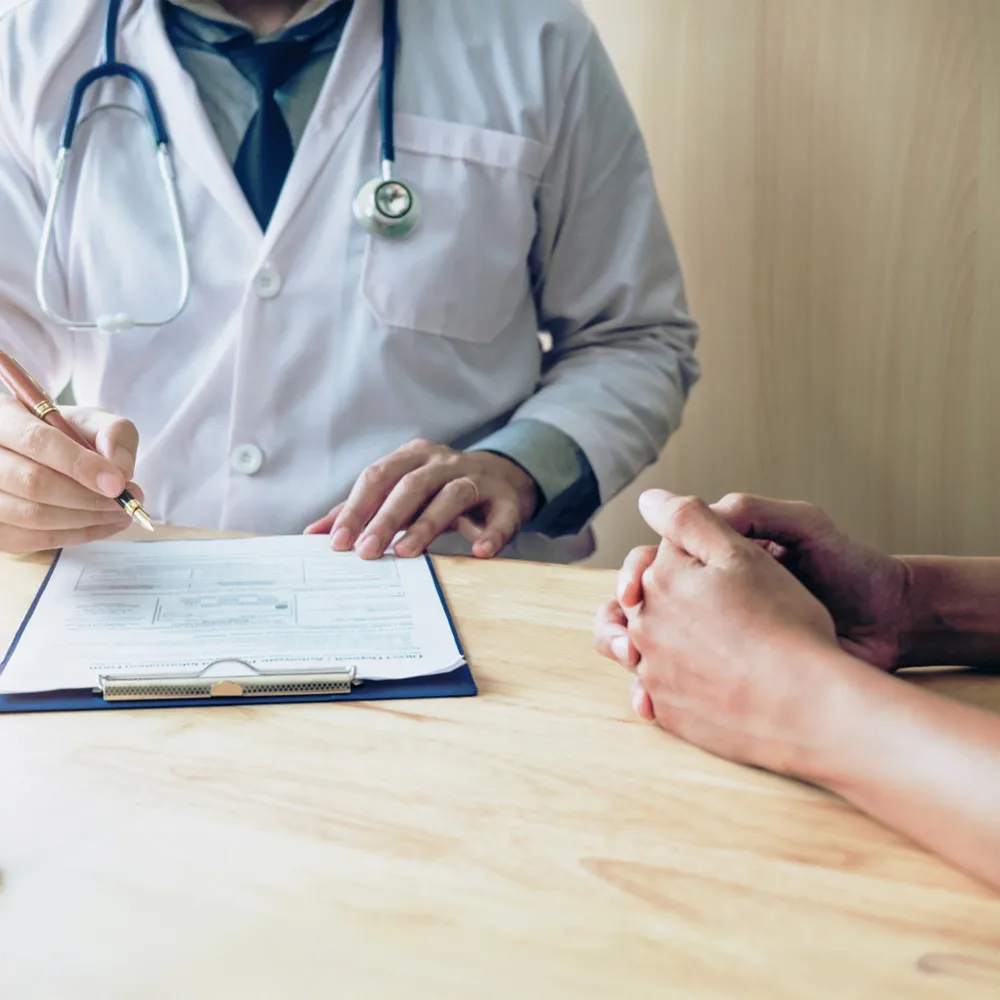
Detailed Medical History
Your consultation begins with an in-depth discussion about your symptoms—how and when they began, how they’ve changed, what triggers or relieves them, and how they affect your daily routine. A complete medical history helps build a clearer understanding of your condition. Key factors your doctor will consider include:
- Prior injuries or surgeries
- Family history of spine or joint conditions
- Your job, activity level, and posture habits
- Lifestyle factors such as stress, smoking, and sleep patterns
- Existing health conditions like diabetes or autoimmune diseases
- Any medications or supplements you’re taking
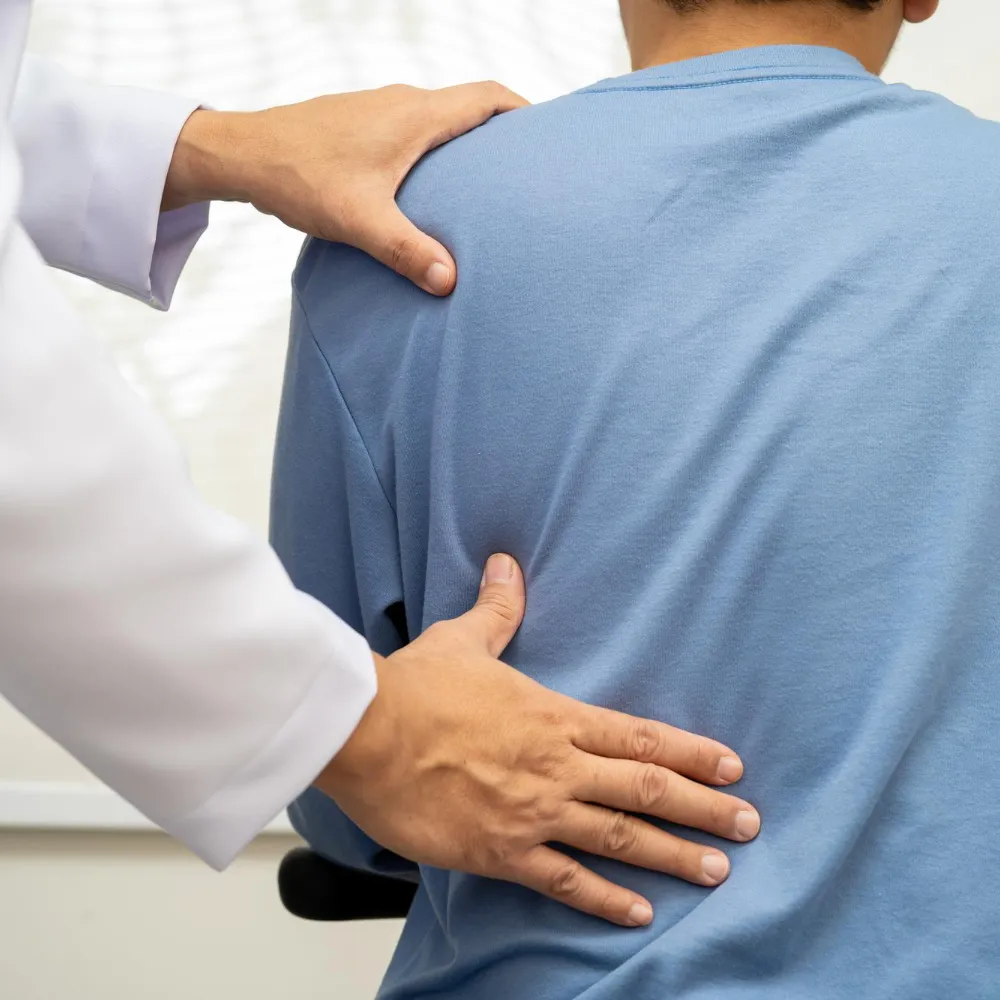
Physical Examination and Functional Assessment
- Posture and spinal alignment
- Range of motion in your neck, back, and hips
- Muscle strength, reflexes, and nerve function
- Areas of tenderness, stiffness, or inflammation
You may be asked to perform gentle movements or stretches to help identify which part of your spine or surrounding muscles may be causing the pain. This also helps rule out neurological involvement.
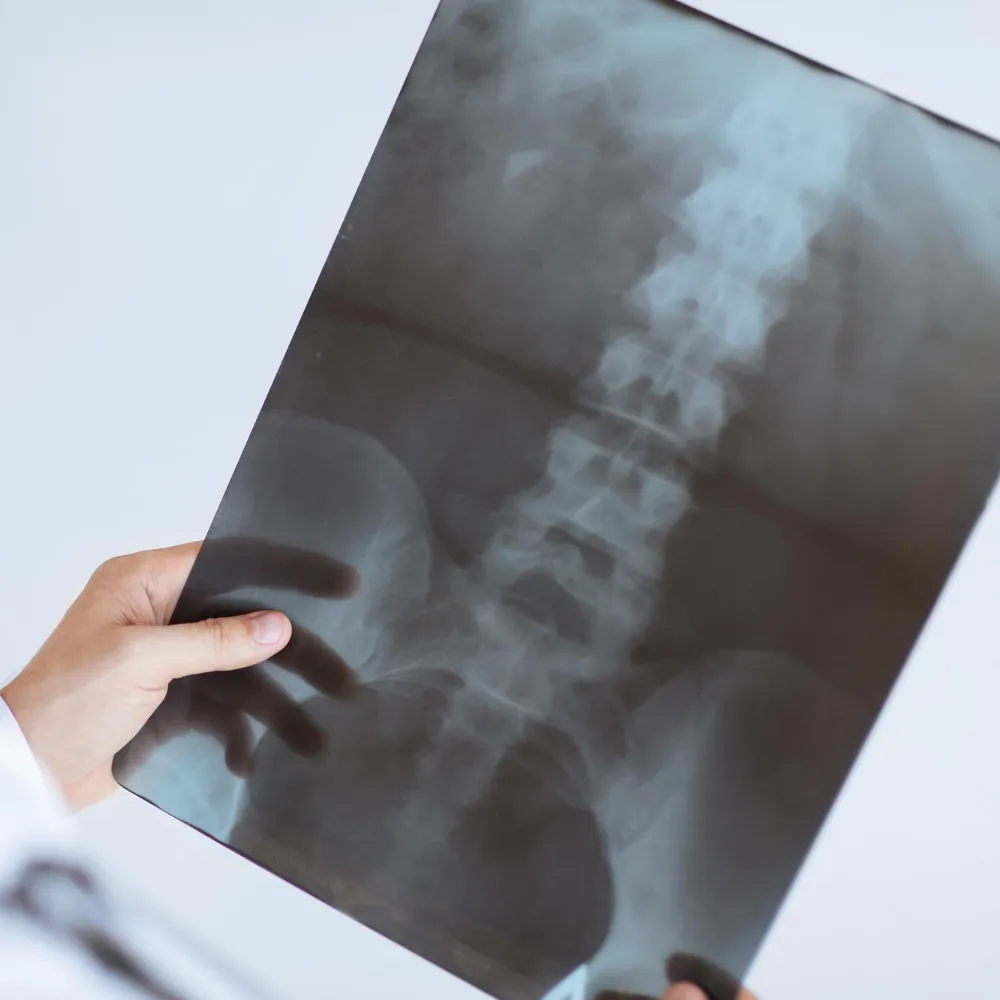
Diagnostic Imaging and Testing
- Digital X-rays – to detect bone structure issues, fractures, or arthritis
- iQ3 - musculoskeletal imaging for injury detection , tear and fracture assessment
These imaging tools help confirm a suspected diagnosis or uncover hidden issues that may not be detected during physical examination.
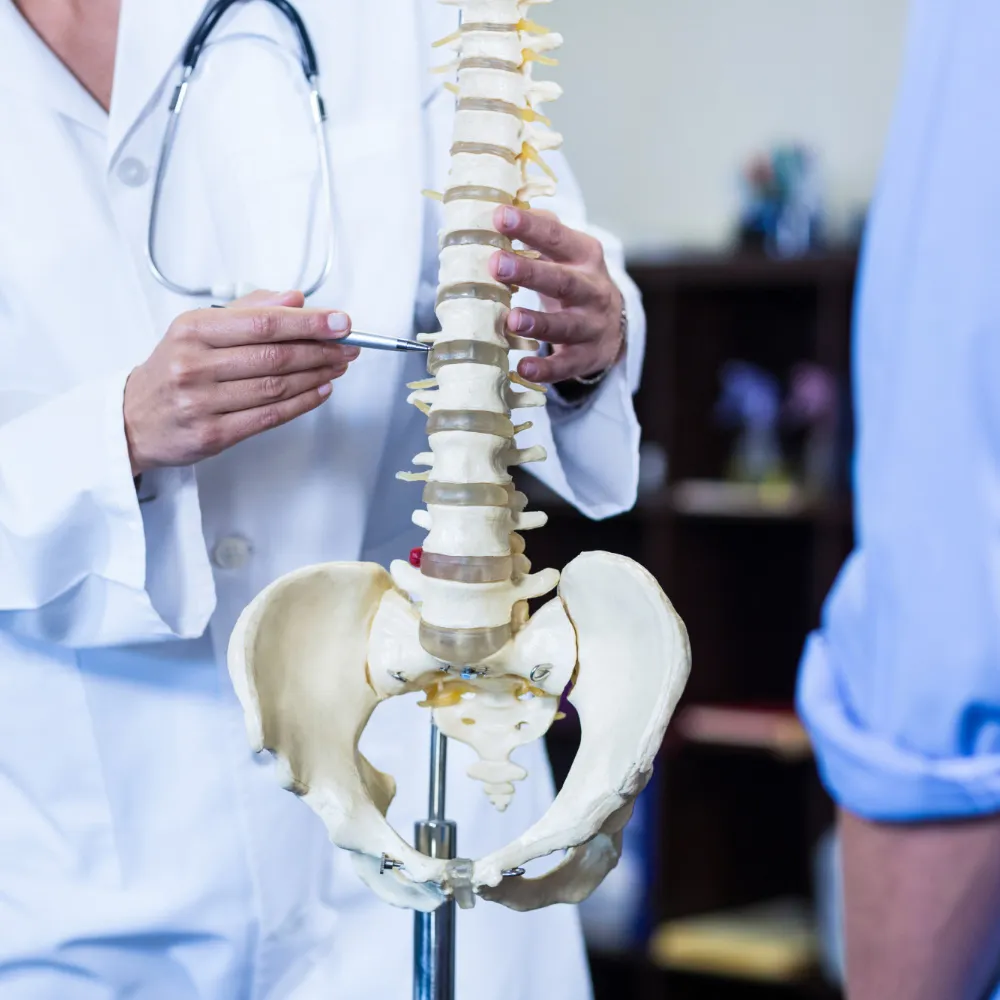
Comprehensive Diagnosis and Customized Treatment Plan
At BJRM, we go beyond simply relieving symptoms—we aim to identify the root cause of your back pain and provide holistic, lasting solutions. Our personalized, step-by-step approach helps ensure long-term recovery, improved mobility, and a better quality of life for every patient we treat.
Back Pain Treatment Approaches
For individuals suffering from back pain, the main goal is clear: to achieve lasting relief and regain mobility. However, before the introduction of BJRM AYURVEDA, treatment options were often limited and typically focused on managing symptoms, rather than resolving the root cause.
Conventional Treatment Methods
Traditionally, back pain was addressed through a step-by-step medical approach:
1. Medications
- Patients were often prescribed over-the-counter or prescription pain relievers, including anti-inflammatory drugs and muscle relaxants.
- While these may provide temporary relief, they carry risks such as side effects, dependency, and long-term ineffectiveness in chronic cases.
2. Steroid Injections
- Doctors sometimes recommended corticosteroid injections to reduce inflammation around spinal nerves.
- Though effective in the short term, these injections don’t correct underlying issues and may cause complications with repeated use.
3. Surgery
- Considered only when all other treatments fail, spinal surgery is invasive and suitable for only a small percentage of patients.
- Risks include infection, nerve damage, failed back surgery syndrome, and in rare cases, permanent complications.
The Problem with Conventional Methods
These approaches often focus on masking pain rather than treating the structural, muscular, or nerve-related root causes of back problems. As a result, many patients find only short-term relief, with symptoms returning or worsening over time.
A New Era with BJRM AYURVEDA
BJRM AYURVEDA introduces a natural, holistic, and effective alternative for back pain treatment—without surgery or long-term medication use. Our approach combines ancient Ayurvedic wisdom with modern diagnostic insights to treat not just the symptoms, but the underlying cause of pain.
Marma Point Therapy: Gentle stimulation of vital energy points (marmas) to release blocked energy, relieve tension, and restore balance in the body.
Herbal Bandaging: Application of medicated oils and herbal pastes, followed by bandaging, to reduce inflammation, support spinal alignment, and accelerate soft tissue healing.
Spinal Realignment: A non-surgical technique that helps correct vertebral shifts, relieves pressure on nerves, and restores the spine’s natural curvature and posture.
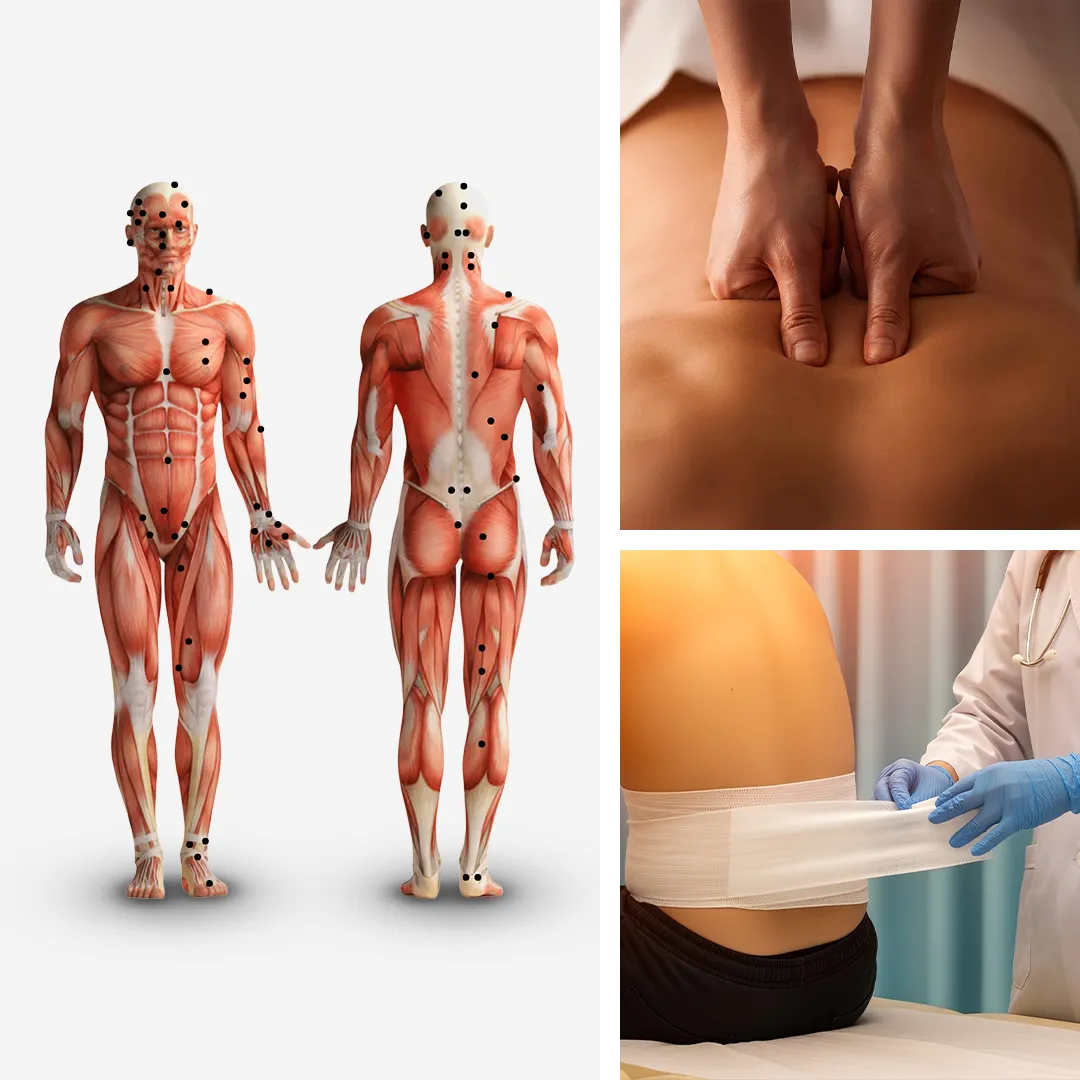
Our approach provides more than just symptom relief
Why Choose BJRM AYURVEDA?
Addresses the root cause of your pain
Promotes natural healing without side effects
Improves mobility, posture, and spinal strength
Offers a personalized, patient-centered experience
At BJRM, we don’t just manage back pain—we work to eliminate it. Our proven, integrative therapies help you reclaim your comfort, functionality, and quality of life—naturally and safely.
How to Prevent Back Pain from Coming Back
Finding relief is just the first step—preventing back pain from returning requires commitment and continuity of care. At BJRM, our specialists design personalized treatment plans that not only target your current pain but also help protect your spine from future problems.
While many patients begin to feel better after just a few sessions, it’s important to remember:
- Early relief does not mean full recovery.
- Stopping treatment too soon can leave the root issue unaddressed.
- Incomplete healing increases the risk of recurring or worsening pain later on.
Completing your full course of care, as recommended by your BJRM specialist, ensures that your spine is fully realigned, strengthened, and stabilized. This structured healing approach lays the foundation for long-term relief and prevents setbacks that could be harder to treat in the future.
Also, keep in mind that pain can be deceptive. Just because it has reduced or gone away temporarily doesn’t mean the underlying cause has healed. Ongoing care—even after symptoms subside—is critical for maintaining spinal health and mobility.
If you notice any new or recurring symptoms, don’t wait. A thorough diagnostic evaluation by a BJRM doctor can help identify any unresolved issues and determine whether further treatment or preventive care is needed.
1,000,000+
successful treatments delivered
90+ Years
legacy
Modern Diagnostics
integrated with clinical insights
Trusted alternative
Real Stories Real Healing
What Our Patients Say
Discover how BJRM has transformed lives through gentle, effective, and root-cause Ayurvedic treatments
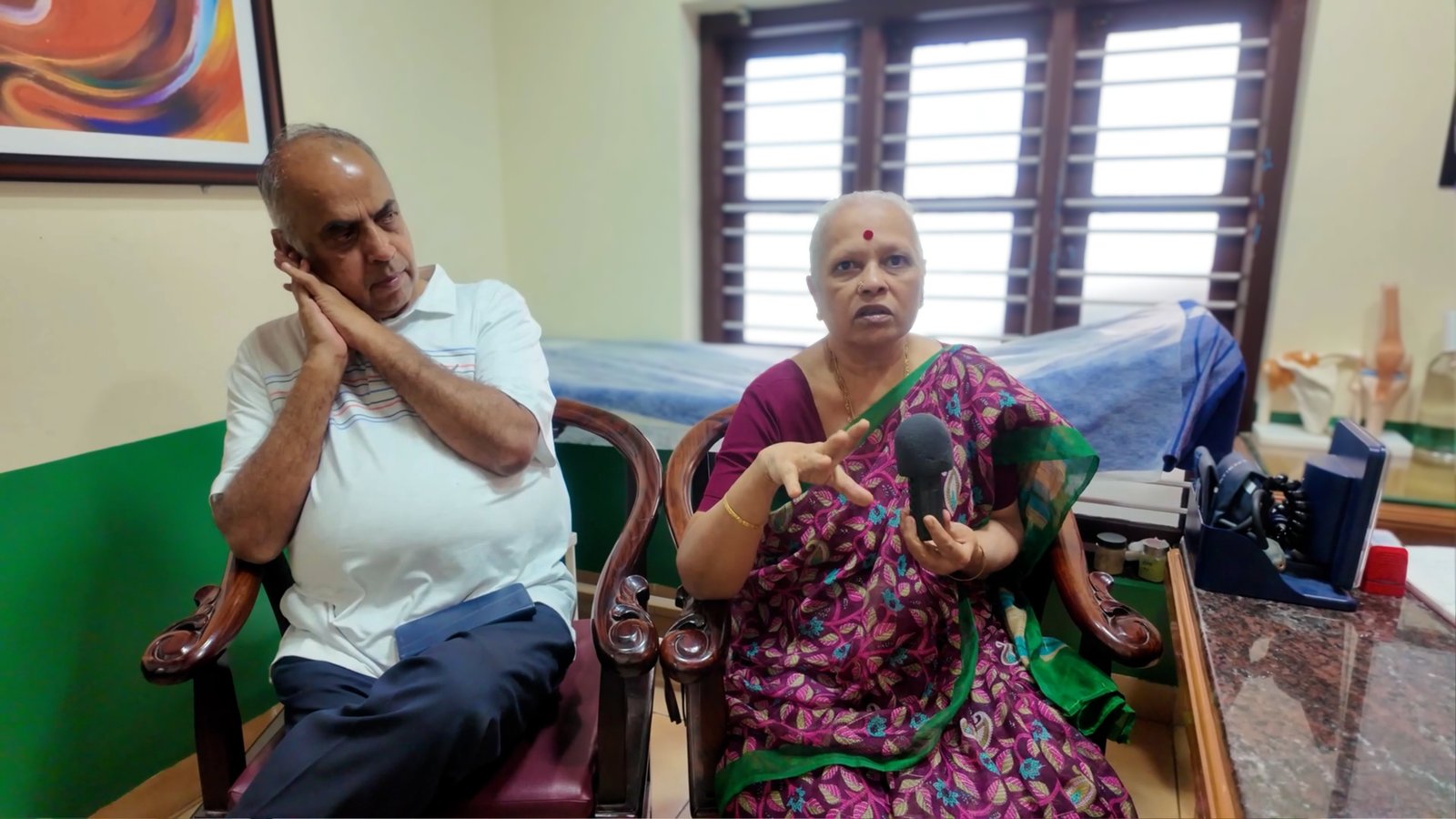
I’m 70 years old and had severe pain in my hips, back, and legs. After visiting BJRM Ayurveda, I was diagnosed with osteoarthritis in both hips. Following the treatment, I’m now able to walk without any support.
Swarnambal
Shankarapura, Bengaluru
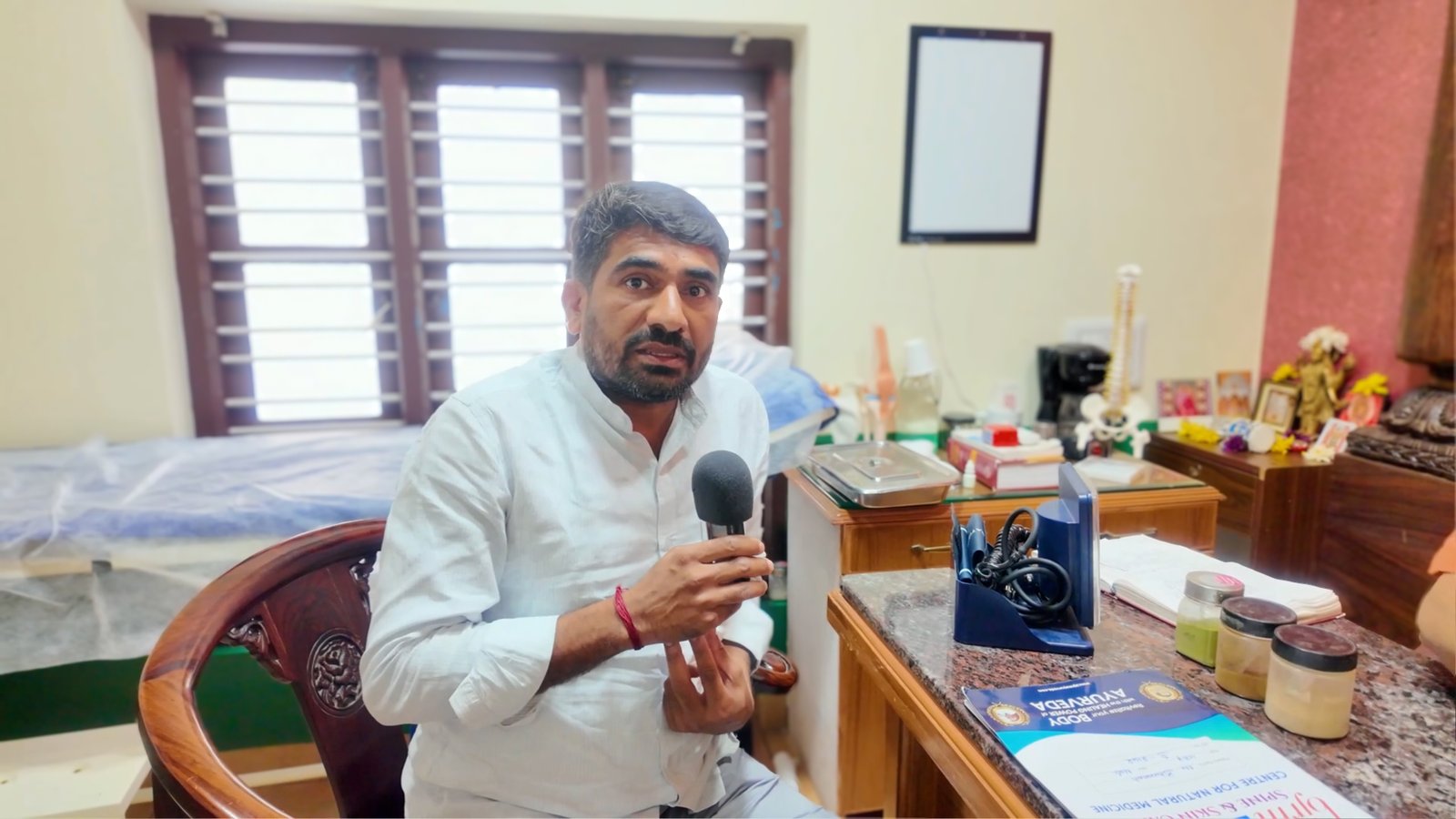
I’m 43 years old. I had intense hip pain and numbness running down my leg, and couldn’t sit for more than five minutes. A friend recommended BJRM Ayurveda. The doctor suggested Marma Bandhana, a non-invasive treatment. This is my 11th session out of 15, and I’ve almost fully recovered.
Bhuvanesh
Dommasandra, Bengaluru
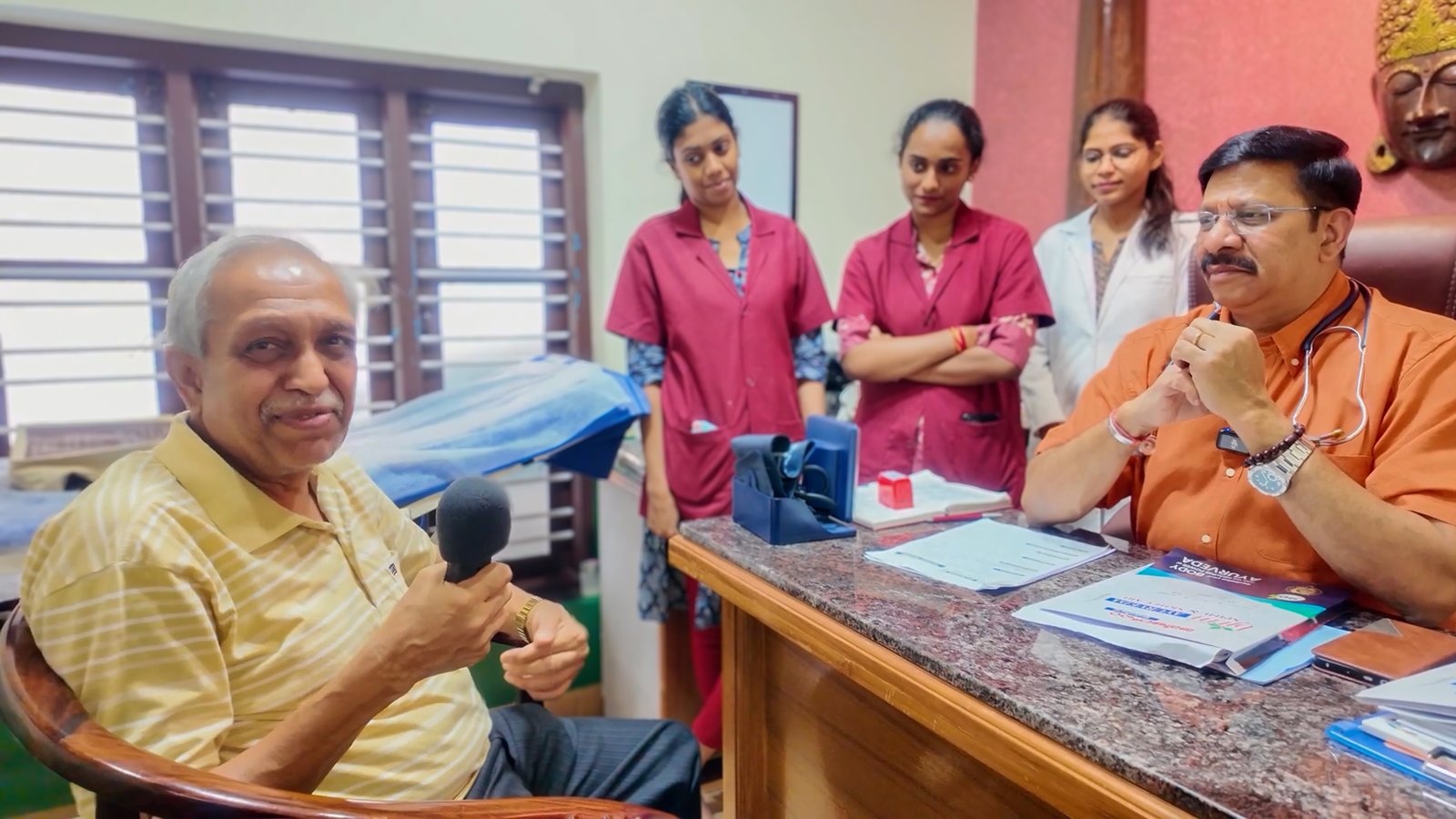
I’m 73 years old and had been suffering from bilateral osteoarthritis in both knees for over five years. Nothing worked in allopathy, so I decided to try Ayurvedic treatment at BJRM. After 15 sessions of Marma Bandhana therapy, my knee problem is almost cured. I also had gastric issues and am currently undergoing treatment for that as well.
Srikanta Prasad
padmanabhanagar, Bengaluru
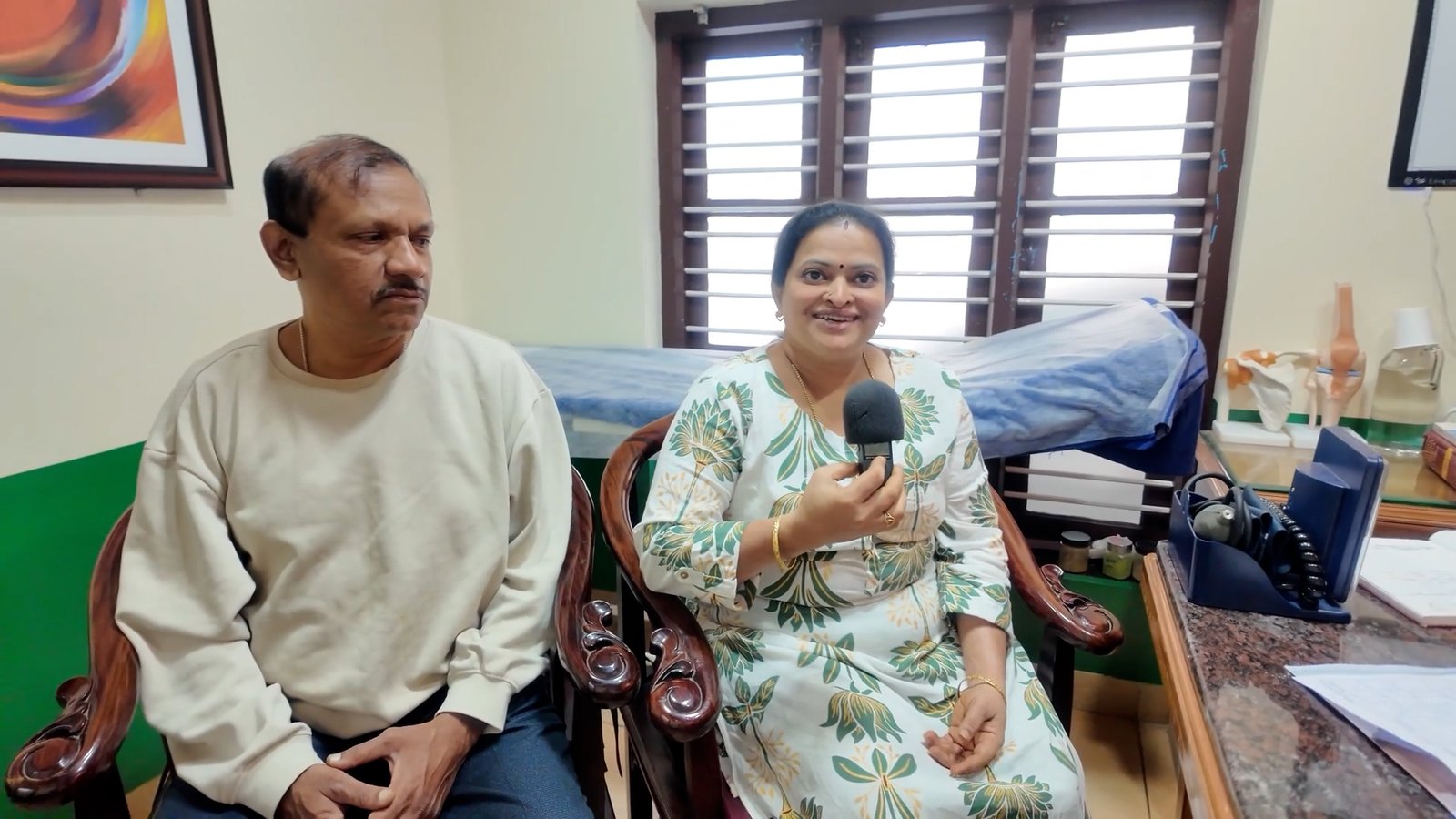
I was suffering from multiple complications in both my knee joints, including joint effusion and osteoarthritis. I could barely walk. A friend recommended BJRM Ayurveda, and when I visited, the doctor explained everything clearly. They began my treatment, and after 12 sessions, both my knees feel much better.
Hemavathi
Bengaluru
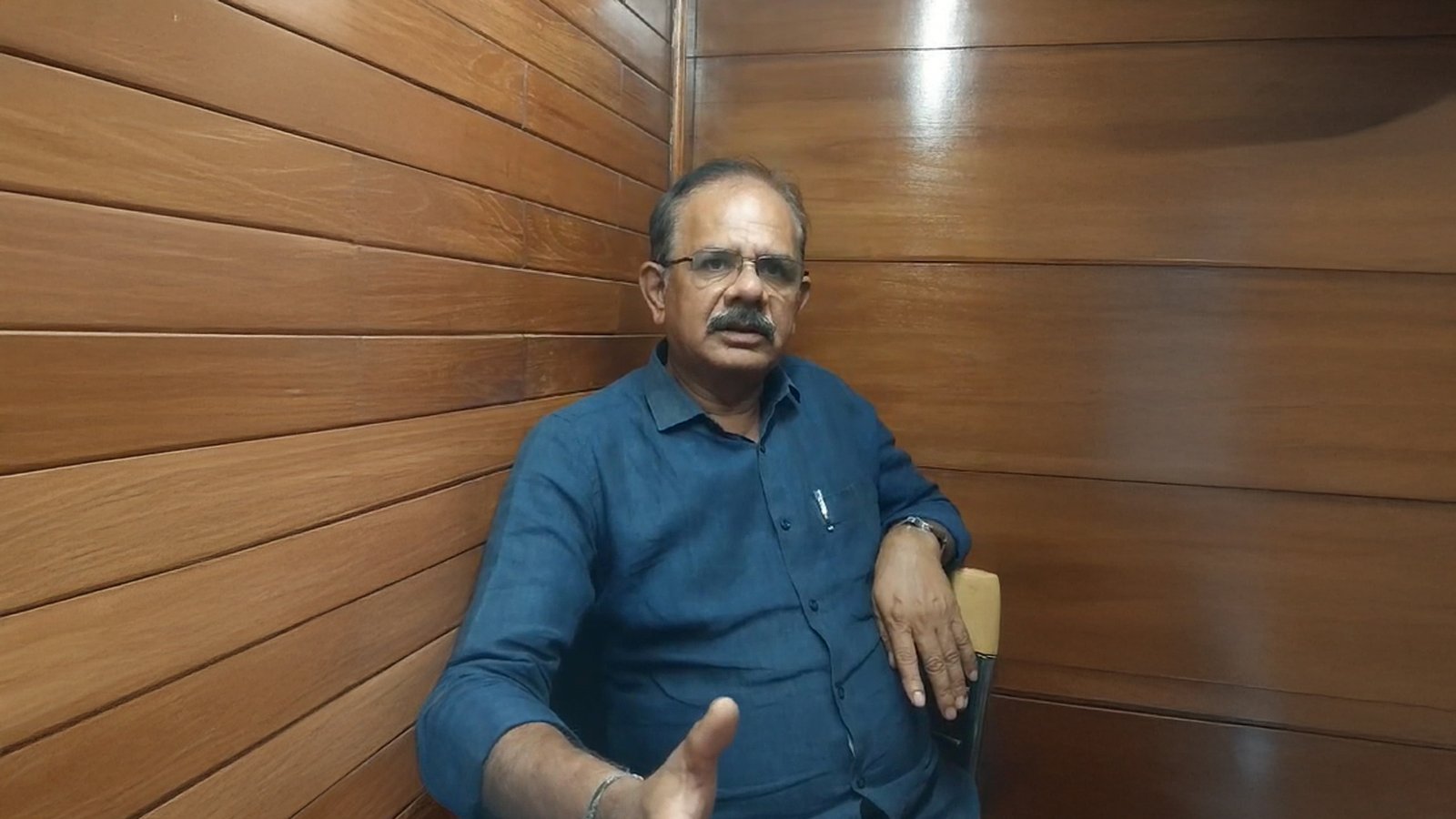
I had severe shoulder pain — I couldn’t lift my hand at all. After 12 sessions of Marma Bandhana at BJRM, I’ve fully recovered from the pain. I definitely recommend BJRM to others facing similar issues.
Nagarajaiah
Bengaluru
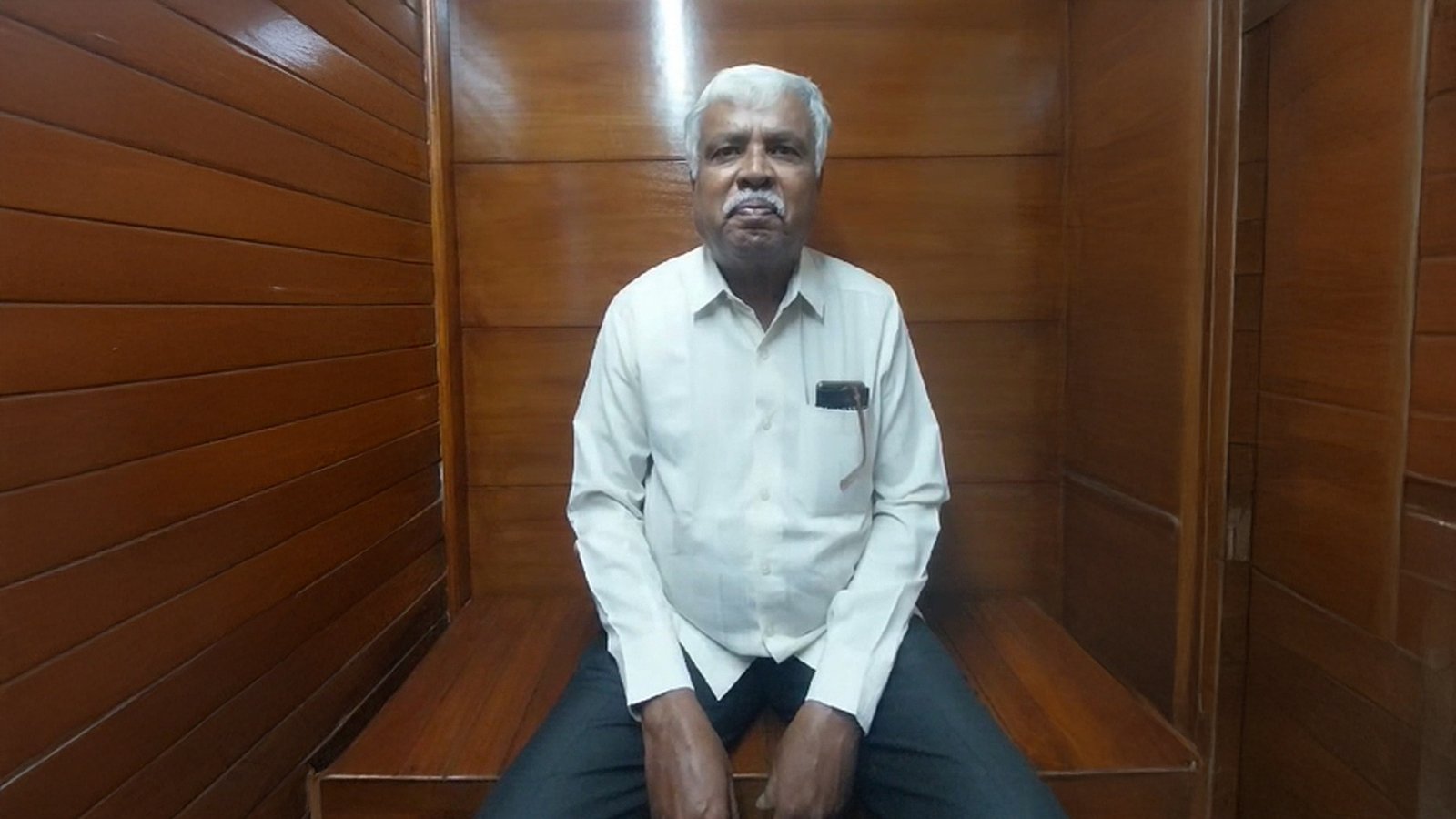
I was struggling with back pain. I consulted several doctors, and all of them recommended surgery. On a friend’s advice, I visited BJRM Ayurveda and underwent treatment for six months. I’ve fully recovered — without surgery.
Ramakrishna
JP Nagar 7th Phase, Bengaluru
Ready to Start Your Healing Journey?
Discover lasting relief with our trusted, non-surgical Ayurvedic treatments. Whether you’re dealing with Low back pain, neck stiffness, or long-term joint issues, BJRM Ayurveda is here to help—safely, naturally, and effectively.
